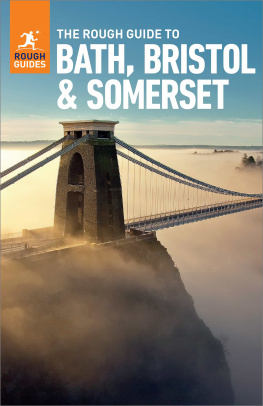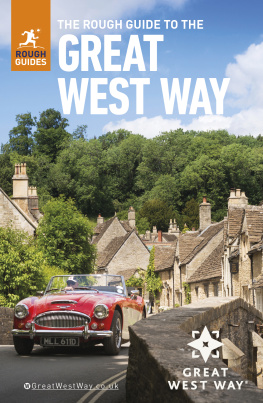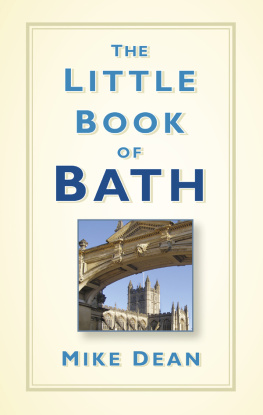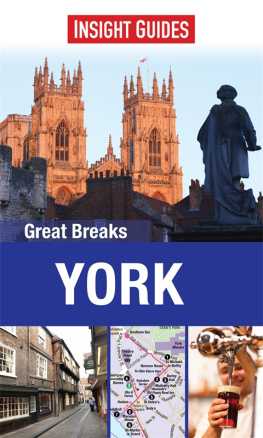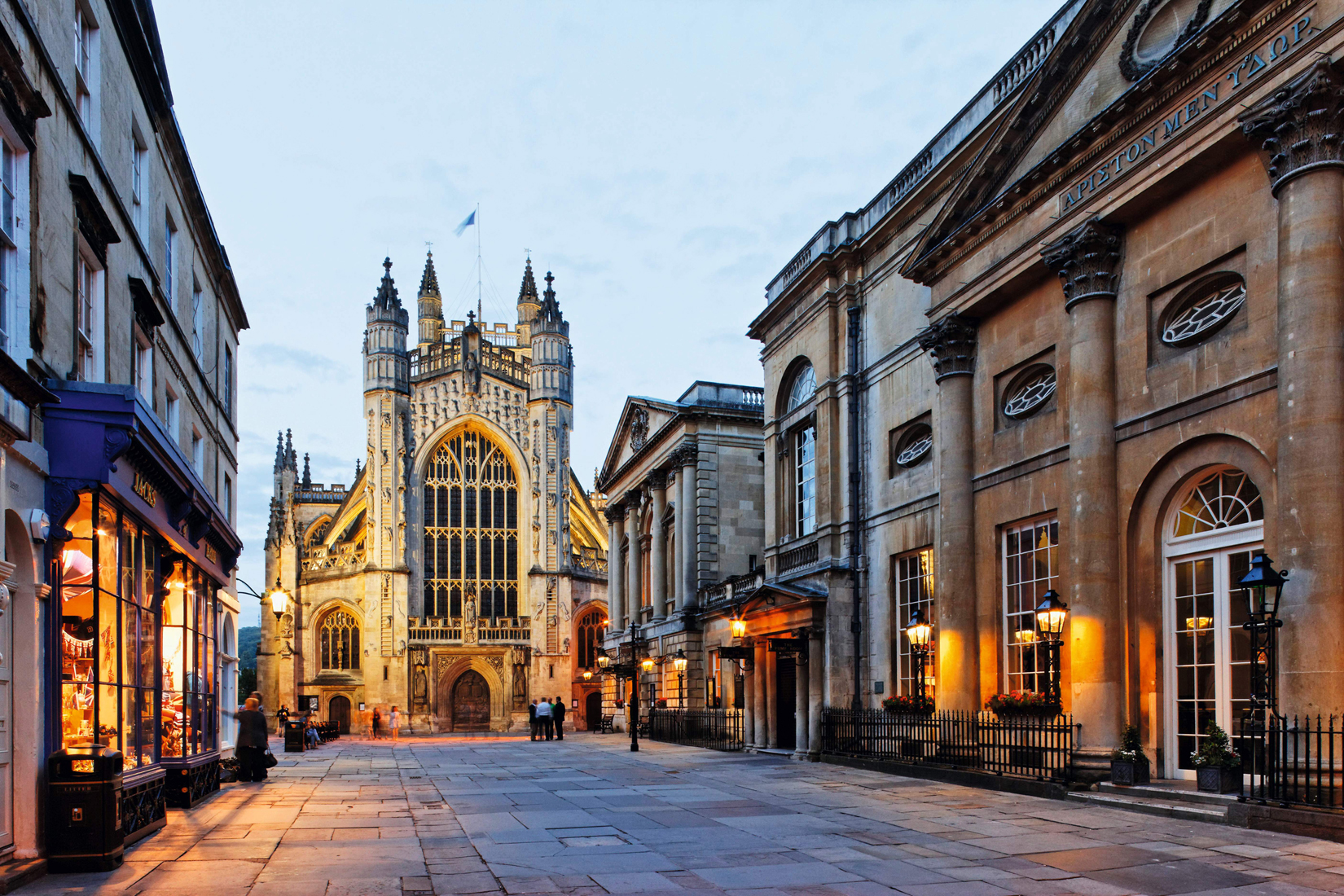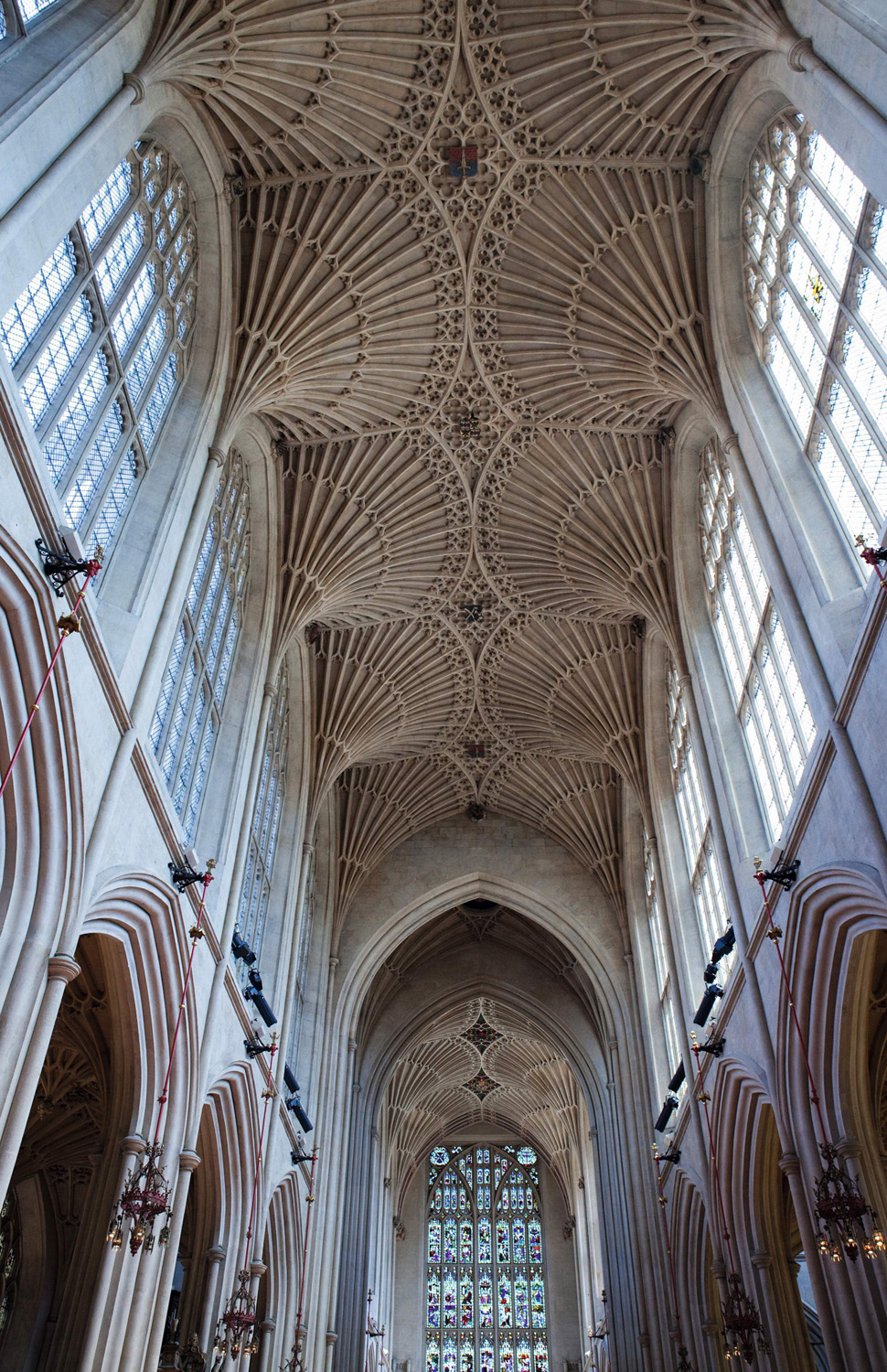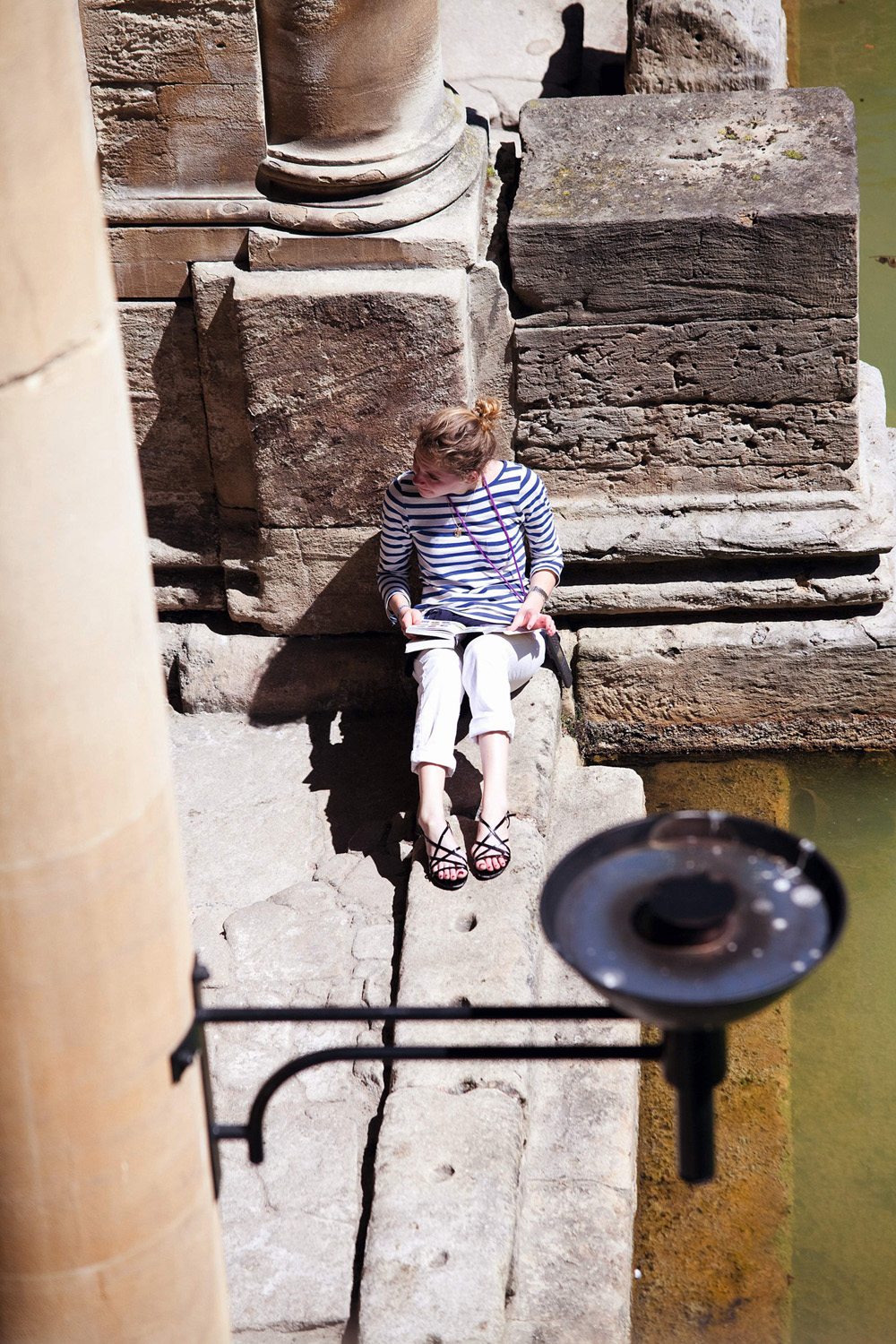How To Use This E-Book
Getting around the e-book
This Insight Great Breaks e-book is designed to give you inspiration and planning advice for your visit to Bath, whether you're on a relaxing weekend break or an active holiday. The guide begins with our selection of Top Attractions, and an Overview that paints the history, geography and character of Bath. The Tours give a complete guide to all the sights and areas worth visiting, with easy-to-follow maps and hand-picked places to eat, drink and shop en route. The Travel Tips are packed with information on active pursuits, themed holidays and transport, as well as specially selected accommodation to suit all tastes and budgets.
In the Table of Contents and throughout this e-book you will see hyperlinked references. Just tap a hyperlink once to skip to the section you would like to read. Practical information and listings are also hyperlinked, so as long as you have an external connection to the internet, you can tap a link to go directly to the website for more information.
Maps
All key attractions and sights in Bath are numbered and cross-referenced to high-quality tour maps. Wherever you see the reference , just tap this to go straight to the related map. You can also double-tap any map for a zoom view.
Images
Youll find lots of beautiful high-resolution images that capture the essence of Bath. Simply double-tap on an image to see it full-screen.
About Insight Guides
Insight Guides have more than 40 years experience of publishing high-quality, visual travel guides. We produce 400 full-colour titles, in both print and digital form, covering more than 200 destinations across the globe, in a variety of formats to meet your different needs.
Insight Guides are written by local authors who use their on-the-ground experience to provide the very latest information; their local expertise is evident in the extensive historical and cultural background features. All the reviews in Insight Guides are independent; we strive to maintain an impartial view. Our reviews are carefully selected to guide to you the best places to stay and eat, so you can be confident that when we say a restaurant or hotel is special, we really mean it.
Like all Insight Guides , this e-book contains many beautiful photographs to inspire and inform your travel. We commission most of our own photography, and we strive to capture the essence of a destination using original images that you wont find anywhere else.
2014 Apa Publications (UK) Ltd
Overview: A Georgian Jewel
With its beautiful, honey-coloured stone and exquisite architecture, Bath makes a striking first impression, attracting several million visitors each year
View of Bath Abbey and the Pump Room.
Corbis
Declared a Unesco World Heritage Site in 1987, Bath has been attracting visitors since pre-Roman times, drawn to its natural spring waters. Today it is a gracious and beautiful city in an incomparable setting, and most visitors find themselves falling in love with it. All significant stages of English history are represented here, from the Roman Baths to medieval Bath Abbey, from the Georgian splendour of the Royal Crescent to the modern Thermae Bath Spa development the only place in Britain where you can bathe in natural hot spring water. Thanks to its rich past and architectural heritage, combined with a vibrant shopping centre, year-round festivals and lively entertainment scene, Bath is one of Britains most appealing cities.
LANDSCAPE AND CLIMATE
The city lies cradled amid several hills in the Mendips, home to its famous pale stone as well as the hot springs that have been the source of its popularity since Celtic times. Dissected by the Avon River, which flows into the Severn estuary at Avonmouth, the Kennet and Avon Canal (1810) and the Great Western Railway (1841), the city covers 11 hilly sq miles (29 sq km). It centres on the ancient Abbey and Roman Baths, with Georgian Bath spreading north to the Upper Town and east over the river to Bathwick.
It is situated 97 miles (156km) west of London and 13 miles (21km) south-east of the large port city of Bristol. Bath has a population of 90,000, though this number is boosted by almost four million tourists a year and out-of-towners who come for its shops, restaurants, theatre and concerts. The surrounding hills give Bath its steep streets and make its buildings appear to climb the slopes. While in many minds the city is associated with middle-class retirees, its population is a mix of old and young, the latter boosted by a strong student presence from Bath University, Bath Spa University, and City of Bath College.
Intricate fan vaulting inside Bath Abbey.
APA/Corrie Wingate
The Roman Baths complex offers a fascinating insight into the beliefs and customs of Ancient Rome.
APA/Corrie Wingate
Bath, like the rest of southwest England, has a temperate climate and is generally wetter and milder than much of the rest of England. January is the coldest month with mean minimum temperatures between 1 and 2C (3436F), while July and August are generally the warmest months, with a mean daily maximum of around 21C (70F). When the sun shines in Bath, its buildings seem to come truly alive, and there are plenty of open spaces and parks to enjoy.
A RICH HISTORY
In the 1st century AD, the Romans built a temple and baths on the site of the sacred hot springs, which attracted pilgrims from all over the Roman Empire who would come to petition the god Sulis Minerva and to bathe in the healing waters. When the Romans abandoned Britain in the 5th century AD, Bath fell into relative decline.
The city was revived in the 18th century during a period known as the Georgian era, referring to the reign of four kings named George, from 17141830. During this time, a long-neglected provincial retreat was transformed into a fashionable spa with the help of three self-made men: Richard (Beau) Nash, a charismatic dandy, Ralph Allen, an astute businessman, and John Wood, a trail-blazing architect. Developments in the social sphere, led by Master of Ceremonies Nash (also known unofficially as the King of Bath), were accompanied by the planning and building of what amounted to a new city, in which Allen and Wood played significant roles. Allen made his fortune by transforming and modernising the postal system, making him one of the founders of the modern post office. Having acquired the nearby quarries of local stone, he encouraged the brilliant young architect, John Wood the elder, to realise his visions in Bath stone. The legacy of Wood and his son can be seen in the shape of the Royal Crescent, the Circus, Queen Square, the Assembly Rooms and Prior Park, with other architects following their lead to create a bustling, elegant Georgian city that still thrives today.


